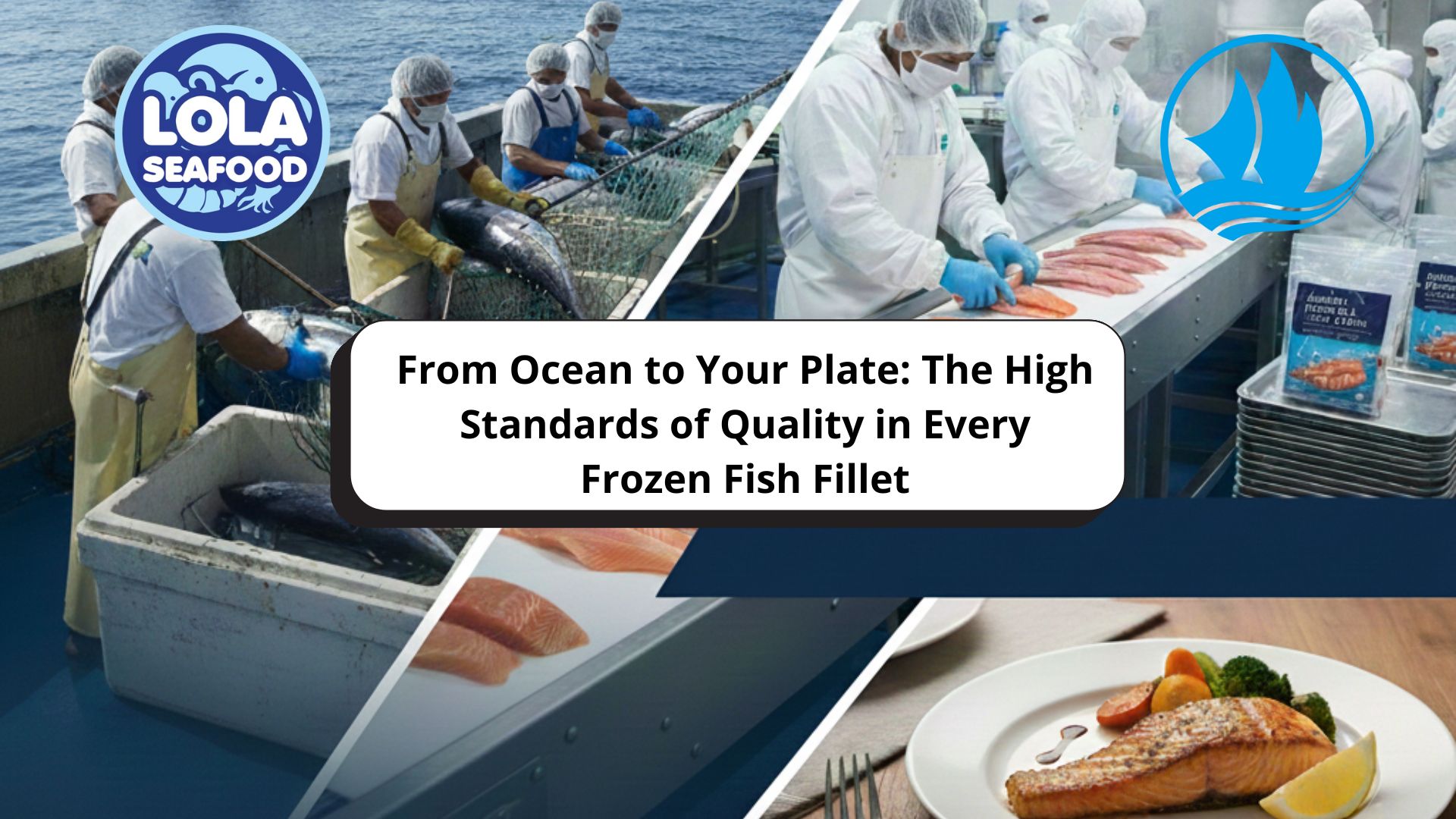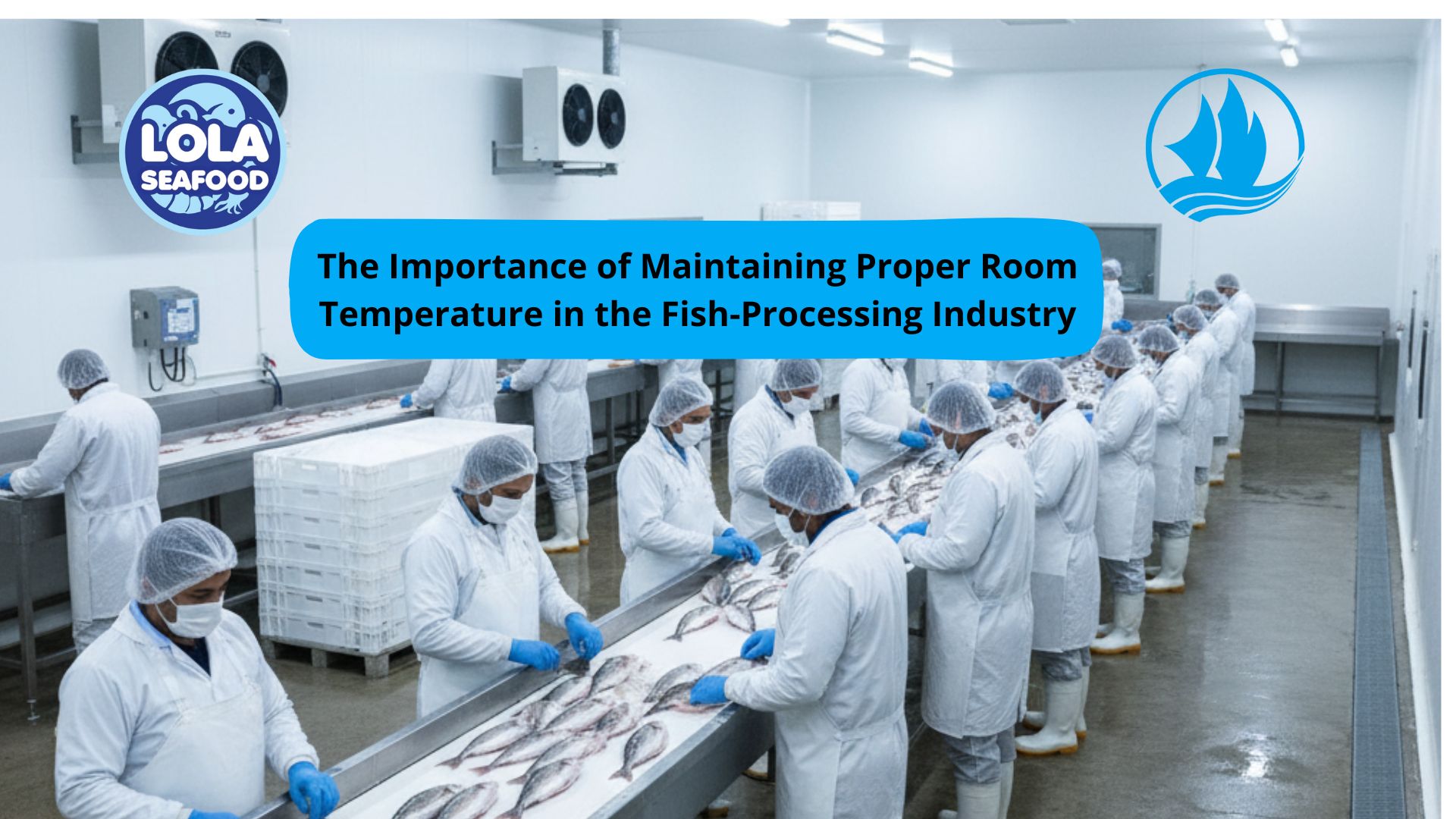Demersal Fish: Life Near the Ocean Floor
By. Ely Kusniawati - 08 Sep 2025.jpg)
Kelolalaut.com The ocean is not only vast in size but also diverse in the habitats it provides. While some fish live in the open sea, constantly swimming in mid-water, others prefer to stay close to the seabed. These bottom-dwelling species are known as demersal fish. They play a critical role in marine ecosystems, provide a valuable source of protein for humans, and support important fisheries around the world.
This article explores what demersal fish are, their characteristics, examples, economic value, and why their conservation matters. The term demersal comes from the Latin word demergere, which means “to sink.” Demersal fish are species that live and feed near the ocean floor. Unlike pelagic fish, which swim freely in the open sea, demersal species are closely associated with the seabed, whether it is sandy, muddy, or rocky. These fish are found in both shallow coastal waters and the deep sea. They typically rely on the seabed for shelter, camouflage, and food, which makes their lifestyles very different from open-water fish.
Examples of Demersal Fish
Many demersal fish are well-known and widely consumed around the world. These species vary in size, shape, and behavior, but all share the connection to bottom habitats. Some common examples include:
- Cod – A staple in European cuisine and a symbol of major historical fisheries.
- Snapper – Popular in tropical and subtropical regions for its mild flavor.
- Grouper – Highly valued for its firm flesh and often found in restaurants.
- Halibut – A large flatfish that can grow to impressive sizes.
- Flounder and Sole – Flatfish that use camouflage to blend into the seabed.
Characteristics of Demersal Fish
Demersal fish have adapted in unique ways to life near the seabed:
1. Body Shape.
Some, like cod and snapper, have robust bodies suited for steady swimming near the bottom. Others, like flounder and halibut, have flat, asymmetrical bodies that allow them to lie camouflaged on the ocean floor.Coloration and Camouflage. Many species display darker colors on top and lighter shades underneath, or patterns that help them blend with sandy or rocky bottoms. This provides protection from predators and aids in ambushing prey.
2. Feeding Habits
Demersal fish often feed on benthic organisms such as crustaceans, worms, mollusks, and smaller fish. Their feeding strategies range from active hunting to lying in wait for unsuspecting prey.
3. Movement
Unlike highly migratory pelagic fish, many demersal species are more sedentary, staying within defined territories or habitats.
Ecological Role of Demersal Fish
Demersal fish are crucial for the health of marine ecosystems. By feeding on bottom-dwelling invertebrates, they help maintain balance in benthic communities. In turn, they serve as prey for larger predators, including sharks, marine mammals, and humans.
Flatfish such as flounders and soles demonstrate the close evolutionary link between adaptation and survival, showing how species can specialize to thrive in specific niches.
Economic Importance
Demersal fish form the backbone of many commercial and small-scale fisheries. Species like cod, halibut, and snapper are prized for their taste and texture, making them staples in global seafood markets.
In some countries, demersal fisheries support not only the economy but also cultural traditions. For example, cod has shaped the history of Northern Europe and North America, while groupers and snappers are central to coastal livelihoods in Asia and the tropics.
Nutritional Value
Like other seafood, demersal fish are highly nutritious:
- Lean Protein – Most demersal species have white, firm flesh that is lower in fat compared to oily pelagic fish.
- Rich in Vitamins and Minerals – Including vitamin B12, selenium, iodine, and phosphorus.
- Health Benefits – Their high protein and low-fat content make them ideal for balanced diets and weight management.
Challenges and Sustainability
Despite their importance, demersal fish face threats from overfishing and habitat damage. Bottom trawling, a common fishing method for demersal species, can disrupt seabed ecosystems and reduce biodiversity. Because many demersal fish grow slowly and reproduce later in life, they are especially vulnerable to overexploitation.
Efforts to ensure sustainability include:
- Implementing catch limits and quotas.
- Protecting critical habitats like spawning grounds.
- Promoting selective fishing gear to reduce bycatch.
- Encouraging consumers to choose sustainably certified seafood.
Demersal fish are the hidden treasures of the ocean floor. From the flat, camouflaged flounder to the mighty cod, they enrich marine ecosystems and provide essential food for millions of people worldwide. Their lean, nutritious flesh and cultural significance make them highly valued, but their vulnerability to overfishing calls for responsible management.
If youre interested in our Parrotfish Fillet Skin On and Parrotfish Fillet Skinless please do not hesitate to contact us through email and/or Whatsapp




.jpg)

.jpg)

.jpg)